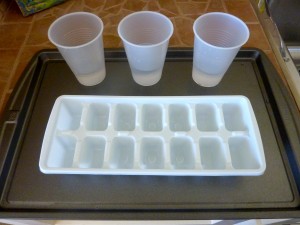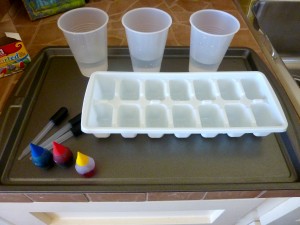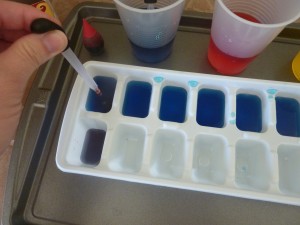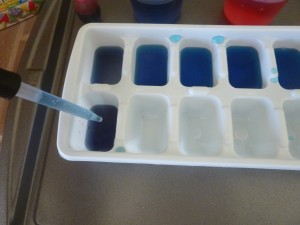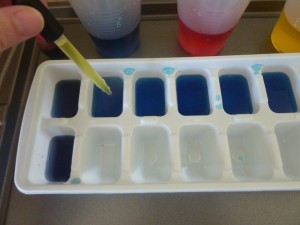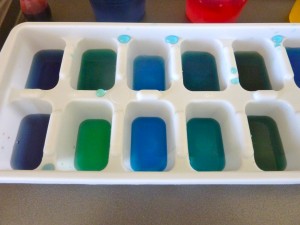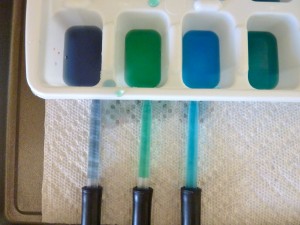Enchanted Learning Website – Sports Theme
I have mentioned this website before (click here for previous Enchanted Learning post) because I love how easy they make it to be thematic while building academic skills. It is a subscription site with some free materials but I have found it to be worth the fee for what I do with Andrew and My Obstacle Course.
My intention is to provide you with some alternatives for what would typically be worksheet, pencil/paper activities. If your child is into that, than by all means go for it! I have just found that with Andrew, the more engaged he is, the more willing he is to put time and energy into building skills in all areas.
I will often cut the pages apart to create crawl and matching stations or combine them with Scrabble letters to get him more involved with actually making words.
Based on the activity sheets that they have on the page I’ve linked to above (there are lots!), these are some ways I would incorporate them into a sports themed My Obstacle Course:
- Matching pictures with words from the “Sports Word Wheel” or the “Match Sports Words with Pictures” pages (I would cut them apart and combine with clothespins)
- Combining syllables to make sports words (combine with crawl and match station)
- Filling in missing letters to form sports words (I’d use the pictures and combine them with Scrabble letters)
- Unscrambling letters to form sports words (I’d use the pictures and combine them with Scrabble letters)
- Using the sports question page, I would cut apart the words, set them out and use it as a questioning station where I ask him the question and have him choose the correct word.
- ABC order page, I would cut apart the words and have him actually put them in ABC order. If this was a challenge, I would include a written out alphabet to use as a reference.
- Compound words – I’d either cut them apart or use this sheet as a sample and write out the word parts on small index cards or Post-It notes so he can combine them to form the words.
- There are also a ton of anagram activity pages, which use the letters from one word to create another word. I would use Scrabble letters with something like this and would only do a few anagrams at a time as a station, starting with some smaller, easier words to introduce this to him.
- I would use the “Sports Alphabet Code” page as is.
- I would cut out the words at the top of the Venn Diagram page but would keep the bottom section as is and have him sort the words into the correct section.






